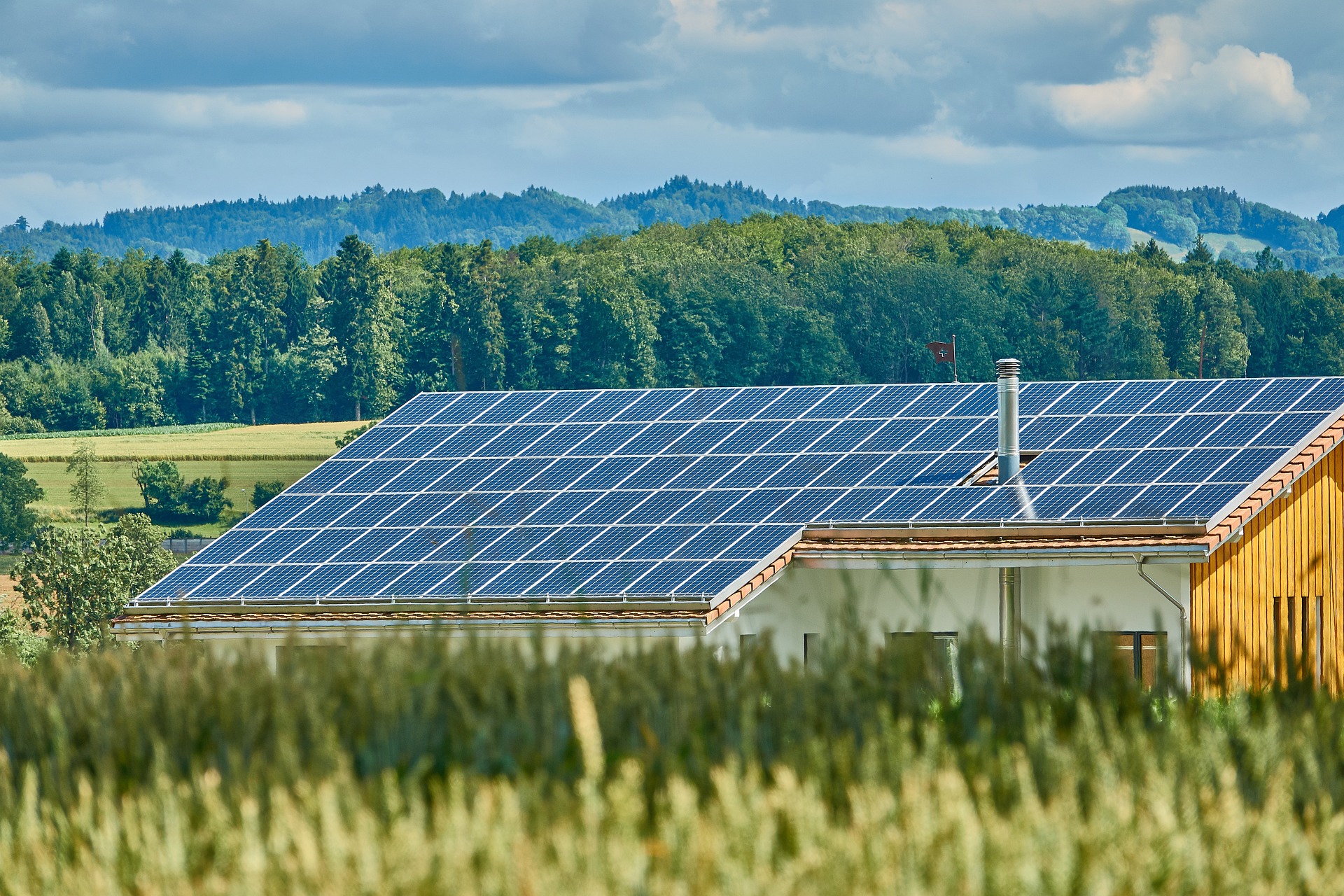Why Are Some Real Estate Investors Taking a Second Look at Abandoned Rural Land?
In the shifting landscape of real estate, attention is quietly turning toward rural properties that many once overlooked. While not every abandoned farm holds potential, some investors are exploring how land once left behind might still serve a purpose. What factors are shaping this renewed interest—and what should you know before diving into this unusual corner of the property market?
In the shifting landscape of real estate, attention is quietly turning toward rural properties that many once overlooked. While not every abandoned farm holds potential, some investors are exploring how land once left behind might still serve a purpose. What factors are shaping this renewed interest—and what should you know before diving into this unusual corner of the property market?
What hidden patterns are driving interest in rural land?
The resurgence of interest in abandoned rural land is not a random occurrence but rather a result of several converging factors. Urbanization has led to skyrocketing property prices in cities, prompting investors to seek alternative opportunities. Additionally, the rise of remote work has made rural living more feasible for many, increasing demand for once-forgotten areas. Environmental concerns and a growing interest in sustainable living have also contributed to this trend, as people look for spaces to implement eco-friendly practices or establish small-scale organic farms.
How do savvy investors evaluate unused farmland?
When assessing abandoned rural properties, experienced investors look beyond the surface. They consider factors such as soil quality, water rights, and potential for alternative energy production. Proximity to growing towns or cities is also crucial, as these areas may expand in the future, increasing land value. Investors often consult historical land use records and geological surveys to understand the property’s past and potential. They also assess infrastructure needs, such as road access and utility connections, which can significantly impact development costs.
What questions should you ask before exploring neglected properties?
Before venturing into the world of abandoned rural real estate, it’s essential to ask the right questions. What is the current zoning of the property, and are there any restrictions on its use? Are there any environmental issues or contamination from previous uses? What are the local regulations regarding land development and building permits? How has the local population changed in recent years, and what are the economic prospects for the area? Understanding these factors can help investors avoid costly mistakes and identify properties with genuine potential.
Why is abandoned rural real estate intriguing to some investors?
Abandoned rural land often comes with a lower initial investment compared to developed properties, allowing investors to enter the market with less capital. The potential for value appreciation is significant if the area experiences growth or if the investor can successfully repurpose the land. Some see these properties as blank canvases for innovative projects, such as agritourism ventures, renewable energy farms, or retreat centers. The appeal also lies in the opportunity to contribute to rural revitalization, potentially benefiting local communities while creating profitable investments.
What are the risks and uncertainties in low-visibility land segments?
Investing in abandoned rural land is not without its challenges. One significant risk is the potential for hidden environmental issues, such as soil contamination from previous agricultural or industrial use. Legal complexities can arise, especially with properties that have been abandoned for extended periods, as ownership may be unclear or disputed. Market illiquidity is another concern; rural properties can be difficult to sell quickly if needed. Additionally, the lack of infrastructure and distance from amenities can make development costly and time-consuming.
How can investors mitigate risks when considering rural land purchases?
To navigate the uncertainties of investing in abandoned rural land, thorough due diligence is crucial. This includes comprehensive title searches to ensure clear ownership, environmental assessments to identify any contamination issues, and careful examination of local zoning laws and development regulations. Partnering with local experts, such as real estate agents familiar with rural properties and land use attorneys, can provide valuable insights and help avoid potential pitfalls.
Investors should also consider diversifying their rural land investments across different locations and types of properties to spread risk. Creating a detailed business plan that accounts for various scenarios, including potential changes in local economic conditions or regulations, can help prepare for future challenges.
When evaluating abandoned rural land investments, it’s important to consider the potential costs involved. While initial purchase prices may be lower than developed properties, additional expenses can quickly add up. Here’s a comparison of typical costs associated with rural land development:
| Expense Category | Low-End Estimate | High-End Estimate |
|---|---|---|
| Land Purchase (per acre) | $1,000 | $10,000+ |
| Environmental Assessment | $1,500 | $5,000+ |
| Survey and Boundary Marking | $500 | $2,000+ |
| Road Access (per mile) | $15,000 | $250,000+ |
| Well Drilling | $5,000 | $15,000+ |
| Septic System Installation | $3,000 | $10,000+ |
| Utility Connection | $10,000 | $30,000+ |
| Land Clearing (per acre) | $500 | $5,000+ |
Prices, rates, or cost estimates mentioned in this article are based on the latest available information but may change over time. Independent research is advised before making financial decisions.
In conclusion, the renewed interest in abandoned rural land reflects broader shifts in real estate investment strategies and societal trends. While these properties can offer unique opportunities for innovative development and potential financial gains, they also come with distinct challenges and risks. Successful investment in this niche market requires careful research, local expertise, and a long-term perspective. As with any real estate investment, thorough due diligence and a clear understanding of both the opportunities and pitfalls are essential for those considering this path.
The shared information of this article is up-to-date as of the publishing date. For more up-to-date information, please conduct your own research.





